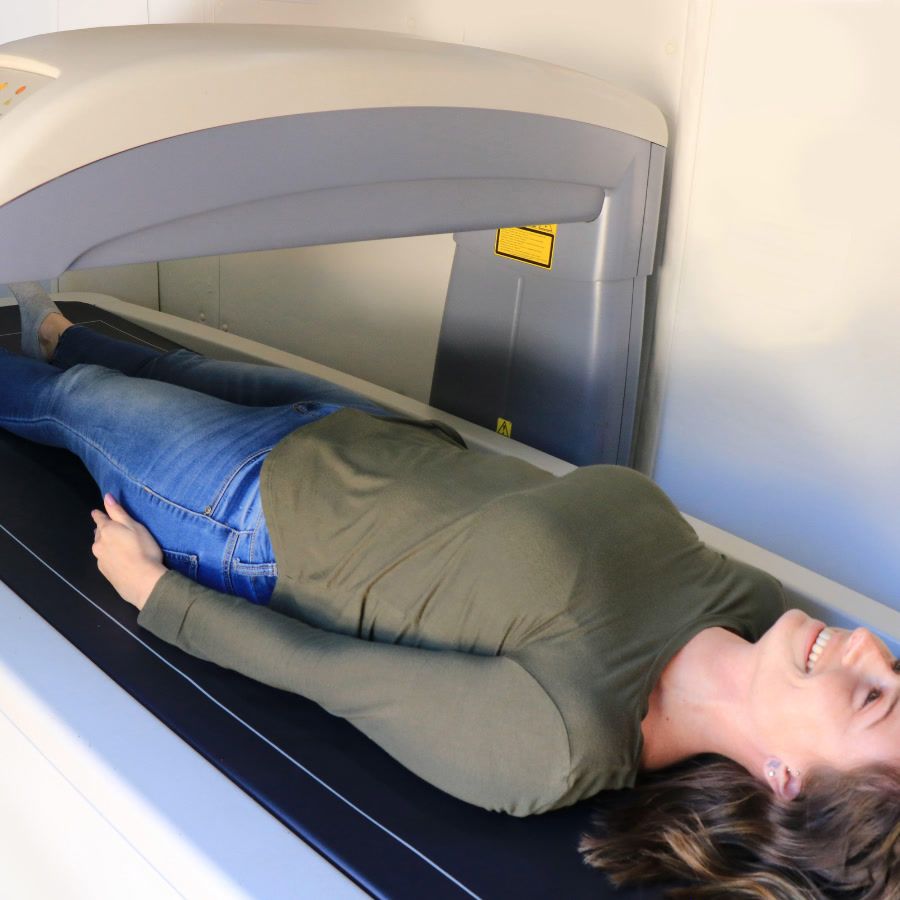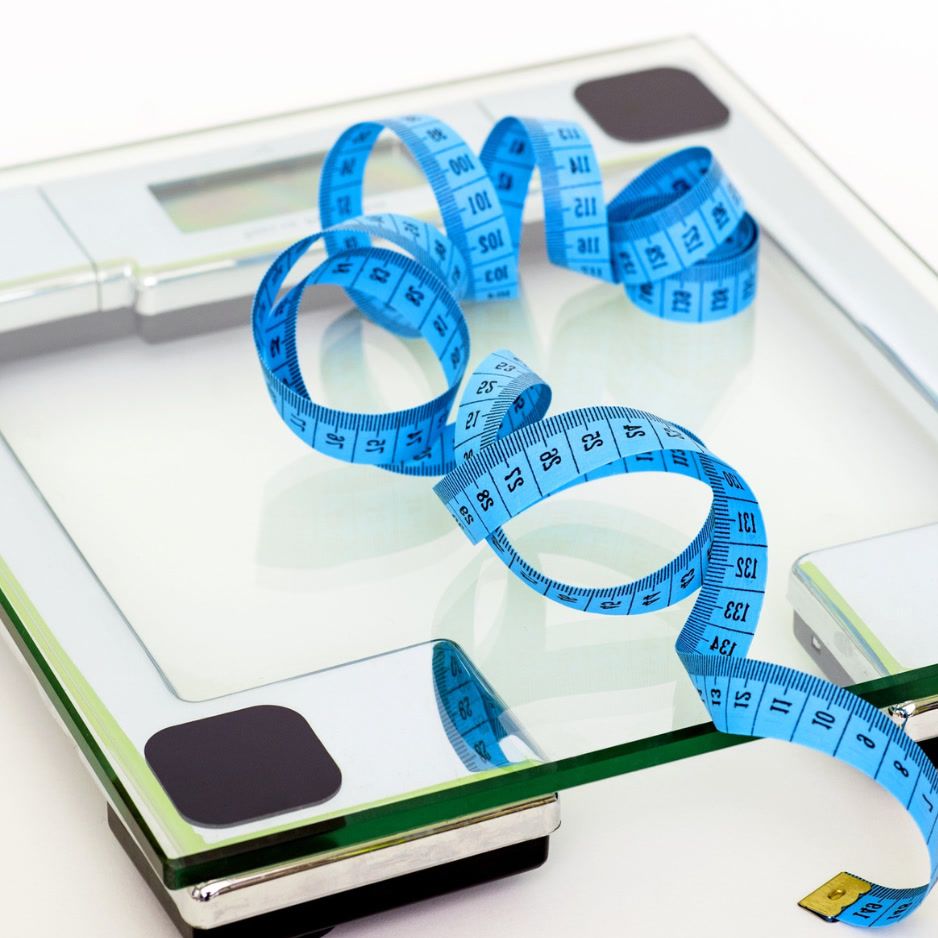What Is Lean Body Mass?
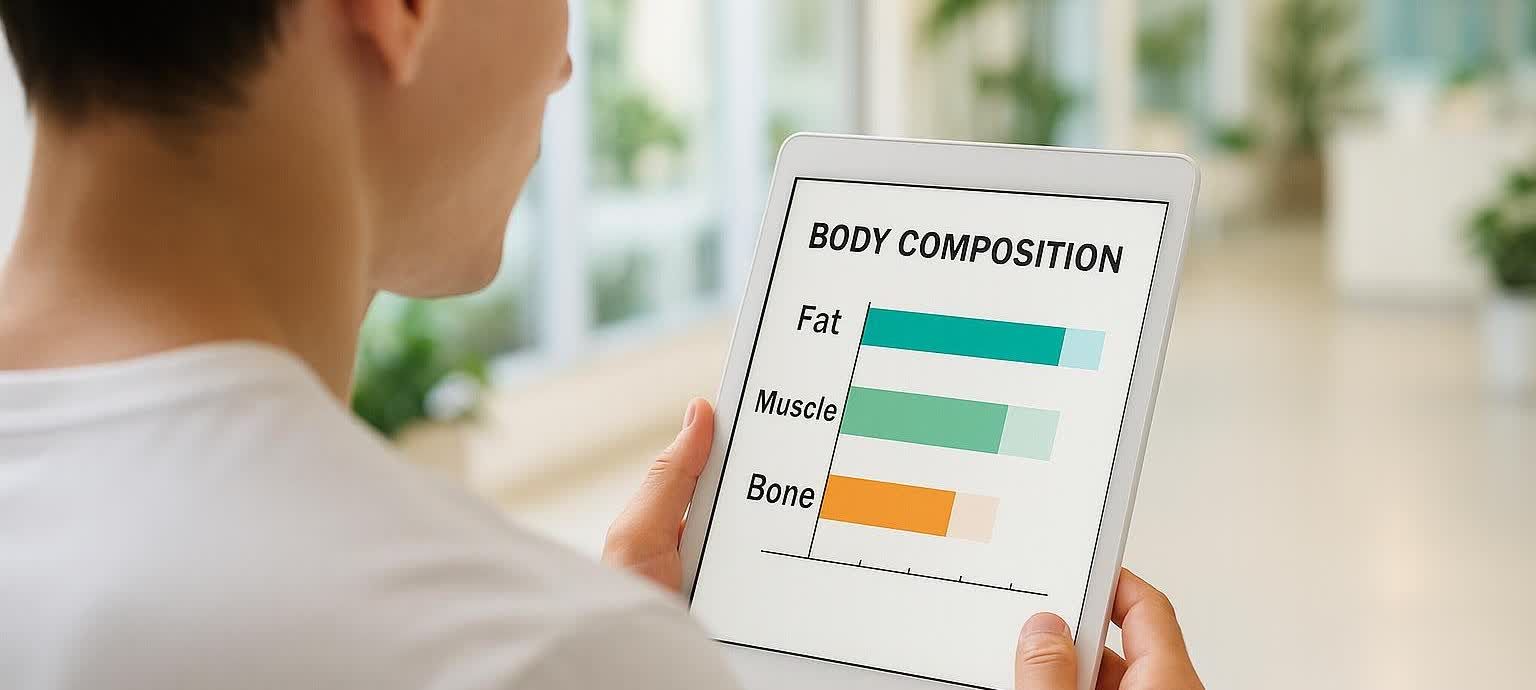
What Is Lean Body Mass? Definition, Measurement Methods, and Why It Matters
Lean body mass (LBM) sounds like just another fitness metric—but it’s arguably the single most useful number for understanding how your body is built and how it functions. From dosing anesthesia in the operating room to dialing in macros for muscle growth, LBM guides decisions that total scale-weight simply can’t.
In this guide you’ll learn:
- What lean body mass actually is—and how it differs from fat-free mass
- Why LBM is more than a vanity metric (think metabolism, mobility, and medication safety)
- The most common measurement methods—from quick online formulas to gold-standard DEXA scans
- Typical LBM ranges and what “good” looks like
- How to track, interpret, and improve your own number
Lean Body Mass vs. Fat-Free Mass vs. Body Weight
- Body weight is everything—muscle, organs, bone, fat, and water.
- Lean body mass is body weight minus all fat mass. It does include bone, organs, and the tiny bit of “essential” fat in every cell membrane Lean Body Mass – Wikipedia.
- Fat-free mass (FFM) excludes all fat—essential and storage. That makes FFM a hair smaller than LBM. See this National Academies primer on body composition.
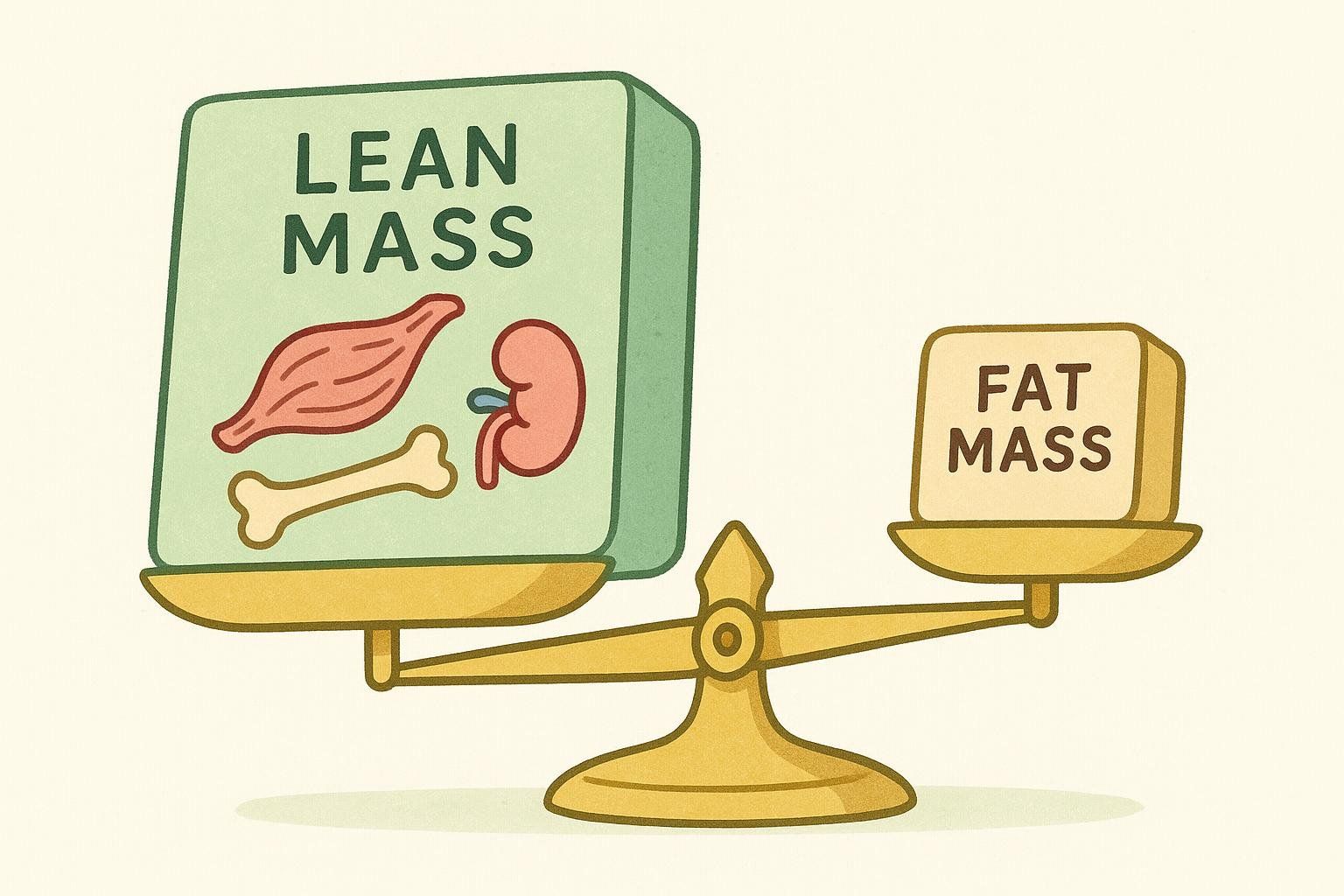
Because essential fat is so small (≈ 2–5 % of total weight), many studies treat LBM and FFM as interchangeable, calling them “chemically identical” – see the Advances in Nutrition review clarifying body composition terminology. Just keep the definitions straight when using dosing formulas or interpreting scan reports.
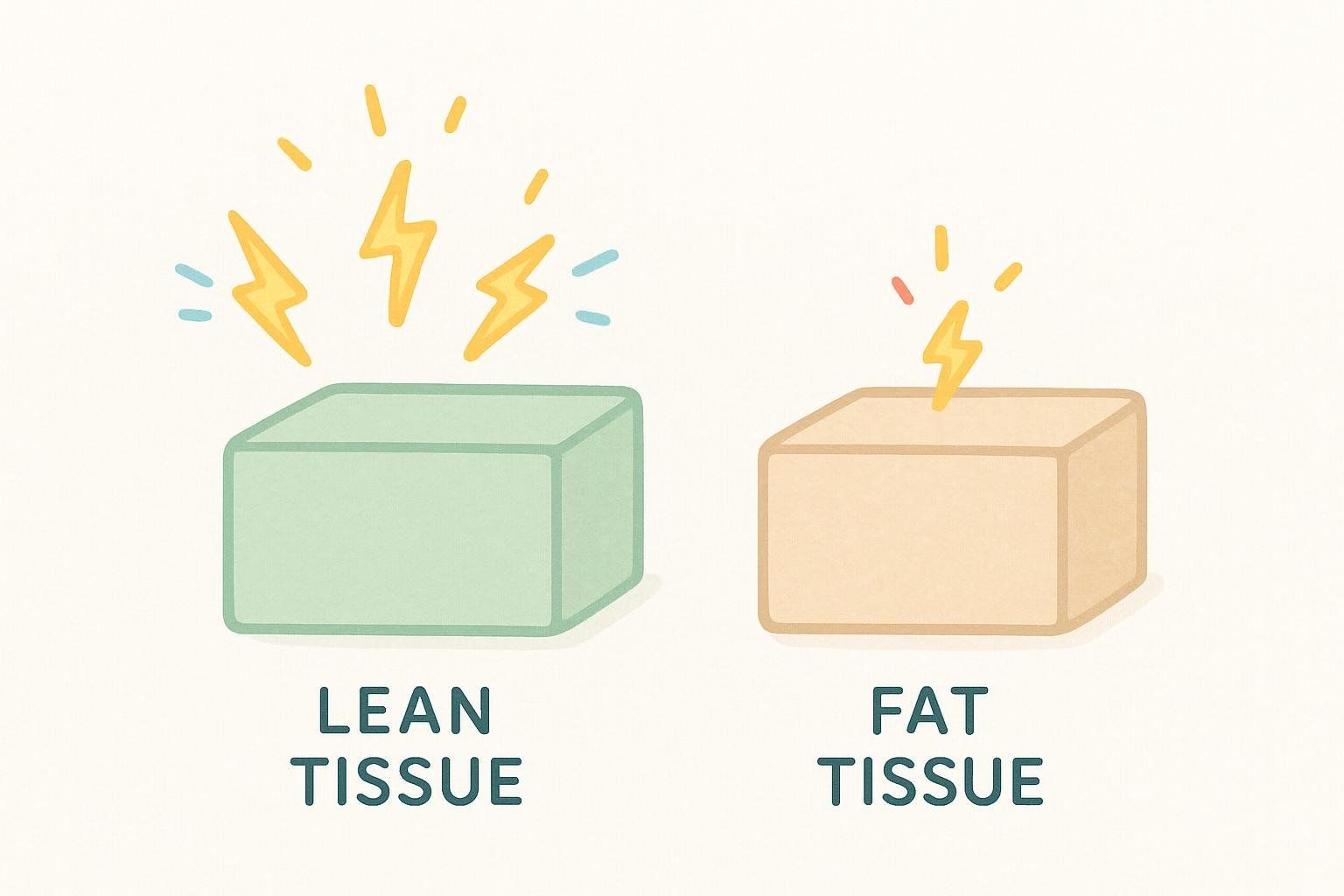
Why Lean Body Mass Matters
| Health & Performance Domain | Why LBM Is Crucial | Key Evidence |
|---|---|---|
| Metabolic Rate | 1 kg of lean tissue burns ≈ 13 kcal/day at rest vs. ≈ 4 kcal for fat—3× more. | Study on tissue-specific metabolic rates |
| Strength & Mobility | Lower muscle mass predicts frailty and fall risk in older adults. | Meta-analysis on muscle mass and frailty |
| Disease & Mortality Risk | Less lean mass = higher cardiovascular and all-cause mortality. | Study on LBM and mortality risk |
| Medication Dosing | Anesthetics and opioids dose more accurately by lean weight in obesity. | Guidance on anesthesia dosing by LBM |
| Body Recomposition | Tracking LBM lets you confirm fat-versus-muscle changes with BodySpec DEXA scans. |

How to Measure Lean Body Mass
1. Mathematical Formulas
| Formula | Men | Women | Typical Error* | Best For | Reference |
|---|---|---|---|---|---|
| Boer (1984) | 0.407 W + 0.267 H − 19.2 | 0.252 W + 0.473 H − 48.3 | ± 5–7 % | Contrast-dye dosing | Study comparing LBM formulas |
| Hume (1966) | 0.32810 W + 0.33929 H − 29.5336 | 0.29569 W + 0.41813 H − 43.2933 | ± 5–7 % | General dosing | Hume LBM formula study |
| James (1976) | 1.1 W − 128 (W²/H²) | 1.07 W − 148 (W²/H²) | ± 6–8 % | Obesity pharmacology | James LBM formula reference |
| Peters (1983) | 22.1 H² + 3.8 | same | ± 6–8 % | Pediatrics | Peters pediatric LBM formula study |
W = weight (kg); H = height (cm).
*Errors are vs. DEXA in adults – see Study on LBM formula accuracy vs DEXA.
Need help with the math? Check out How to Calculate Lean Body Mass.
2. Direct Measurement Tools
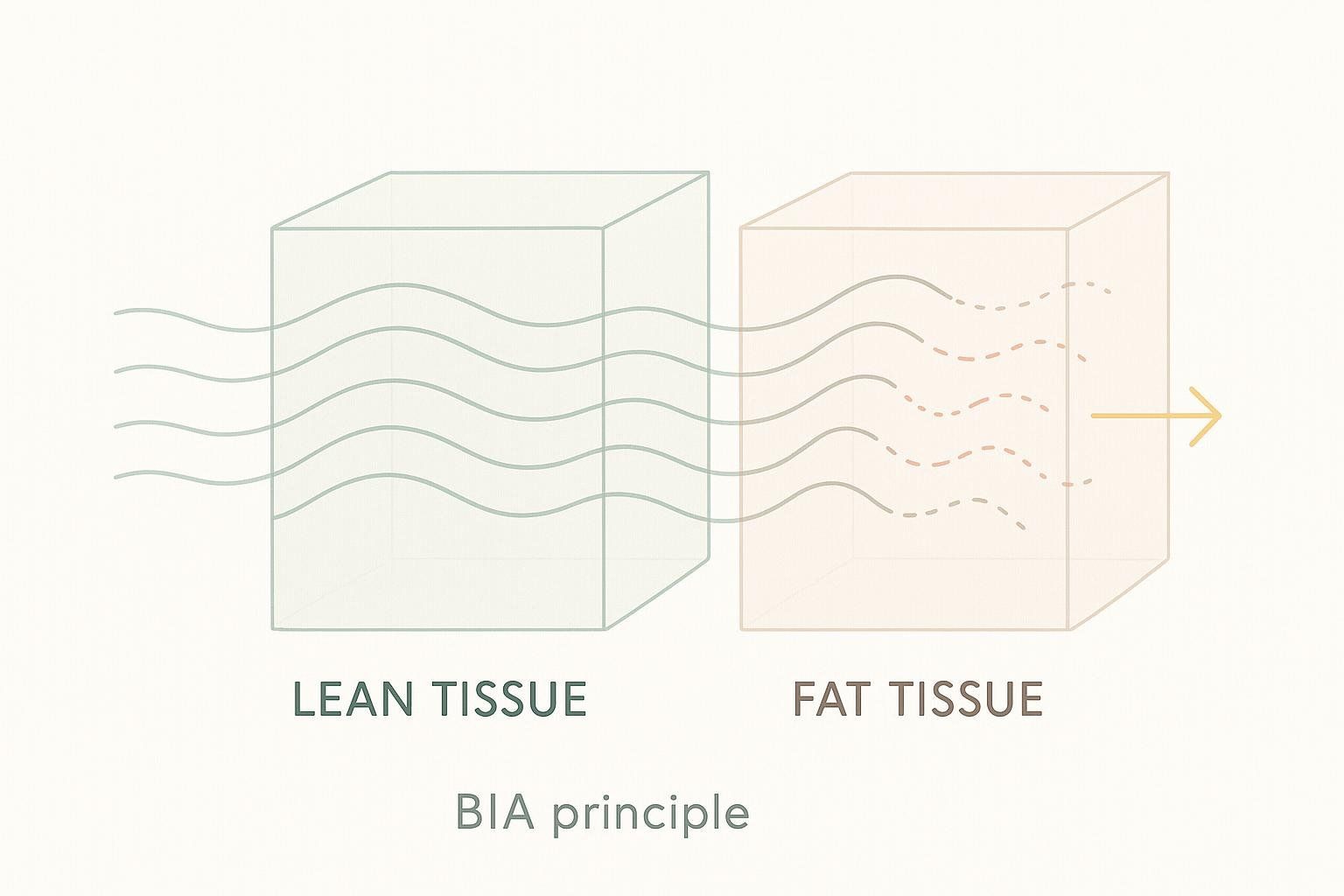
| Method | How It Works | Typical Error vs. Reference | Pros | Cons | Key Source |
|---|---|---|---|---|---|
| DEXA Scan | Two low-dose X-ray beams separate bone, lean, and fat. | ± 0.5–1 %* | Regional data, visceral-fat score, ≈ 10 min scan. | Appointment; tiny radiation (~0.005 mSv). | Review of DEXA technology |
| BIA Scale | A tiny electrical current—lean tissue conducts better. | ± 3–8 % | Budget-friendly, home use. | Hydration-sensitive; no bone data. | Comparison of BIA devices |
| Skinfold Calipers | 3–7 skin-fold sites → body density → LBM. | ± 8–10 % | Portable. | Skill-dependent; ignores visceral fat. | Review on skinfold caliper methodology |
| Hydrostatic Weighing | Underwater weight → body density. | ± 2–3 % | Once considered the research gold standard. | Requires large water tank, time-consuming. | Review of body composition methods |
| MRI / CT | Imaging slices quantify tissue volumes directly. | Reference | Ultra-precise. | Costly; not routine. | same review |
*BodySpec’s internal quality-control data show DEXA error at 0.5 %–1 %, while the published industry standard is 1 %–2 %. Learn more about DEXA accuracy and calibration.
Curious what a DEXA looks like? Read Understanding DEXA Scans: The Gold Standard for Measuring Body Composition.
Typical Lean Body Mass Ranges
| Group | Average LBM (% of body weight) | Source |
|---|---|---|
| Men 20–39 yr | 75–85 % | NHANES body composition data |
| Women 20–39 yr | 65–75 % | same |
| Men 40–59 yr | 70–80 % | same |
| Women 40–59 yr | 60–70 % | same |
| Adults 60 + yr | − 1 % LBM per year if inactive | Study on age-related muscle loss |
Aging Fact: Without resistance training you can lose 3–8 % of muscle per decade after 30 – see the study on age-related muscle loss.
How to Grow—or Keep—Your Lean Body Mass
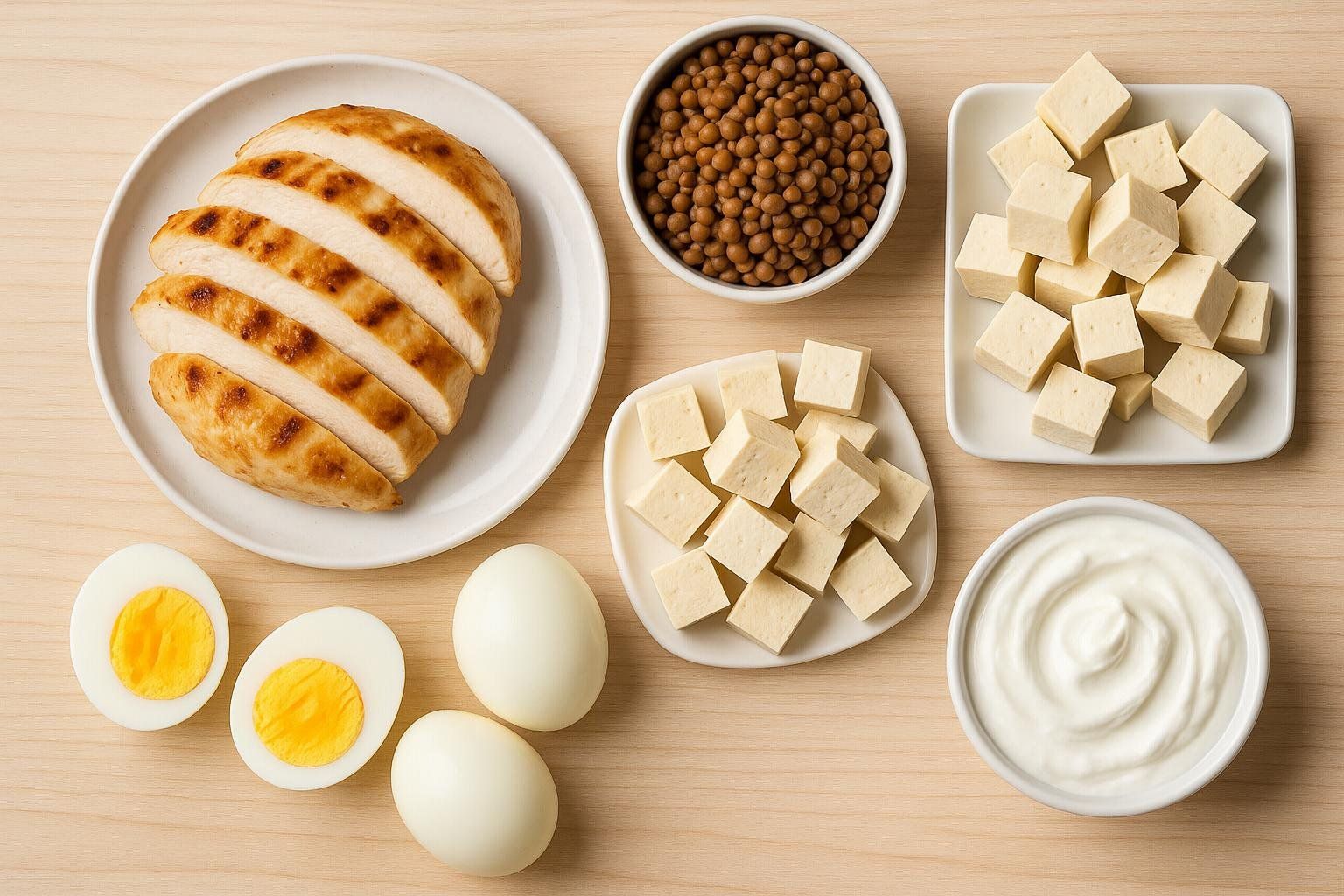
- Progressive Resistance Training — 2–4 full-body sessions weekly.
- Protein Power — 1.6–2.2 g/kg (0.7–1.0 g/lb) body weight – see the meta-analysis on protein intake and muscle.
- Moderate Calorie Deficit — 15–25 % when cutting to spare muscle.
- Prioritize Sleep — 7–9 hours fuels recovery.
- Track Objectively — Re-scan every 8–12 weeks.

For detailed strategies, read How to Increase Lean Body Mass.
Turning Data Into Results
- Get a Baseline Scan – Schedule a BodySpec DEXA for your starting point.
- Set SMART Targets – e.g., “gain 3 lb lean, lose 5 lb fat.”
- Tweak Training & Nutrition – Use regional data to fix imbalances.
- Re-test Quarterly – Adjust based on real changes, not guesses.
Ready to see your numbers? Book your BodySpec DEXA scan — setup takes about two minutes.
FAQ
What’s a “good” LBM percentage?
It depends. Athletes may hit 80-90 %; everyday healthy adults 65-75 %. Focus on improving your ratio and trends over time.
Can I gain muscle while losing fat?
Yes—especially if new to lifting or returning after a break. Adequate protein and progressive overload are key.
How often should I measure LBM?
Every 8–12 weeks during active change; more often in clinical settings where dosing or rapid weight change is involved.
Does low LBM raise mortality risk?
Large cohort studies say yes—even after adjusting for fat mass. See the study on LBM and mortality in adults.
Conclusion
Lean body mass is more than a data point—it’s a window into your metabolic health, functional strength, and long-term resilience. When you understand how much of your weight is truly “you” (muscle, organs, bone) versus stored energy, you can make smarter choices in the gym, the kitchen, and even the clinic. Measure it accurately, monitor it consistently, and use the insights to steer your training, nutrition, and healthcare decisions. Your future self—stronger, healthier, and more capable—will thank you.

